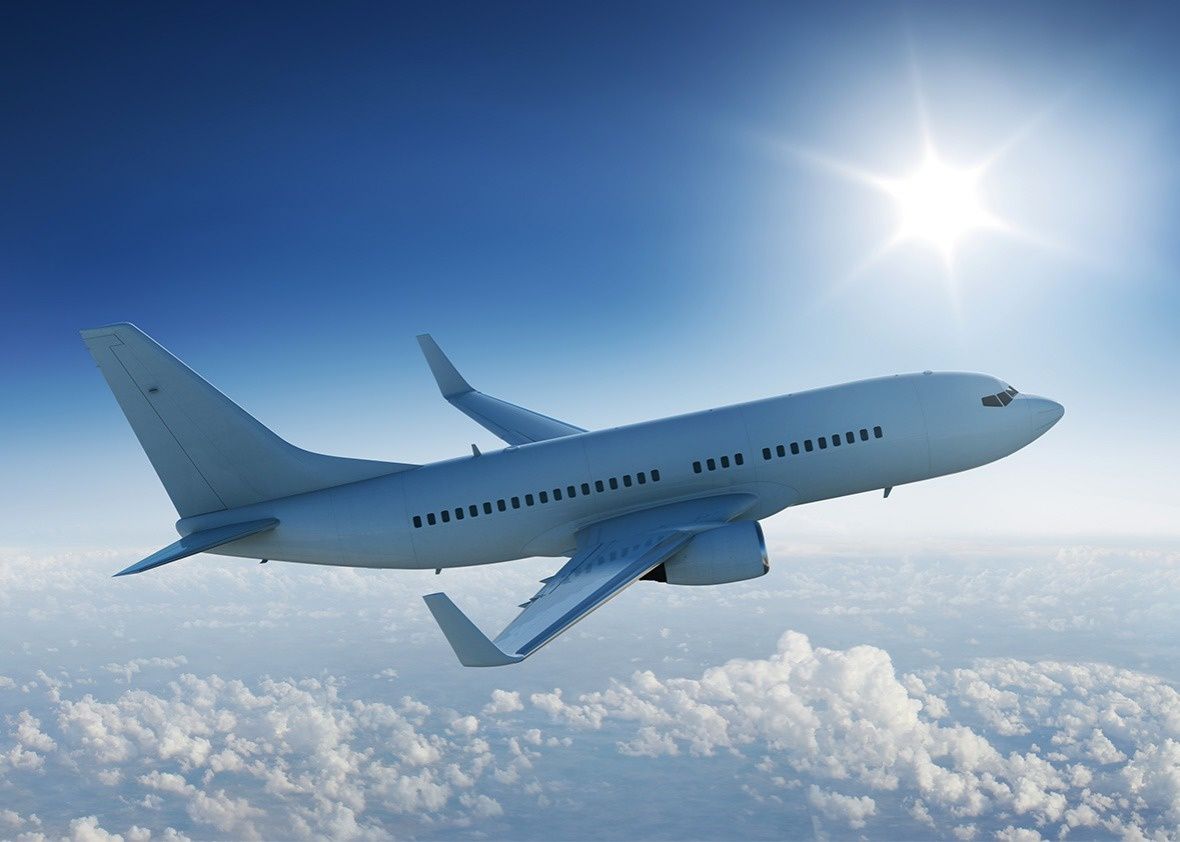Resume plan for commercial flights to / from Kuwait International Airport

Kuwait’s Council of Ministers approved a three-stage plan to restart commercial flights to and from the country’s Kuwait International Airport from August 1. Kuwaiti citizens and expats arriving and departing from the Airport will have to follow a set of health guidelines in line with the Ministry of Health’s protocol to contain the coronavirus crisis.
Those departing will have to pay for a medical certificate issued by the Ministry of Health at the airport medical laboratory as proof they are negative from coronavirus. The certificate is necessary for travelers either returning or visiting the country. All airlines will be involved in scheduling incoming and outgoing flights for individual or groups. Meals will be banned on board for short trips but for long tips, pre-enclosed food packages are approved. Travelers were requested not to carry handbags on flights. An area in the aircraft will be allocated to isolate any suspected coronavirus infected cases and those who they were in contacts with.
For Arrivals
1 – Obtain a PCR health certificate, proving that they are free (negative) of Corona
2- Signing a commitment pledge to the Ministry of Health instructions for adhering to institutional or domestic quarantine.
3 – 10% random PCR examination of the total passengers for each flight.
4- Passengers should wear masks and gloves and check temperature before boarding and upon arrival.
For Departures
1 – The departures should obtain a health certificate that they are free from coronavirus, according to the requirements of the country to where the departed is flying.
2 – Providing health certificates for passenger who depart is the responsibility of the ground services companies at the airport.
3- Adherence to health requirements, in terms of wearing masks and gloves, and keeping social distancing.
Rules for Airport staff
1- Examining employees one or more times daily in sensitive places.
2 – The examination is carried out with thermal cameras, and the person is not allowed to enter if the temperature exceeds 37.5°C.
3 – Facilitating remote work for employees and reducing their numbers in the same place.
4 – Cancel unnecessary meetings and stop activities that require large gatherings.
5 – Distributing employees in each department to work as teams with the stability of employees in one team and not recycling them.
6 – Breaks/Intervals to be limited.
7 – Providing suitable housing for workers that allows for physical separation and self isolation.
Operations on the aircraft
1 – Removing paper copies of newspapers and magazines.
2- Temporarily suspending the service of selling duty-free products on board.
3 – Arranging the seats in advance, taking care to separate the passengers and allow the same family or group to sit together.
4 – Not allowing walking between passengers and those nearby.
5 – Reducing the use of bathrooms and preventing lines in front of them.
6 – Preventing or reducing food and drinking services on board for short trips or providing meals in pre-enclosed packages for long trips.
7 – Urging travelers not to bring hand luggage on board.
8- Allocate an area for passengers to isolate any suspected coronavirus cases on board.
The passenger terminal
1- Putting thermal check points at the airport entrances.
2 – The examination is carried out with thermal cameras, and the traveler is not allowed to enter if the temperature exceeds 37.5 degrees Celsius.
3 – Entrance to the airport is limited to travelers and employees, and those wishing to book tickets.
4 – Prevent accompanying companions, except for the elderly and those with special needs.
5 – No entry for those who did not deliver the pledge 24 hours before arrival.
6- Close the worship places until further notice.
Travel check-in area
1 – Avoid the trolley service use only if it is necessary.
2- Setting a transparent barrier separating employees and travelers at the registration counter.
3 – Encouraging travelers to complete procedures electronically and for self-services such as plane entry logging devices.
4 – Reducing direct dealing between the traveler and the employee.
Immigration counters and security check points
1- Reduce touching traveler documents as much as possible.
2 – Minimal employees at counter to complete checkin/checkout immigration formalities.
3 – Assigning a security point to the airport employees and crew to limit their contact with passengers.
4 – Avoid approaching the traveler face to face during the inspection.
5 – It is forbidden to ride a plane without a mask or gloves.
Access procedures
1 – Examination of arrivals upon their departure from the plane, and when there is a temperature higher than 37.5, the traveler is isolated and transferred immediately to the airport clinic.
2 – It is not permissible to use trolley service unless it is absolutely necessary.
3- Providing passenger luggage services automatically (no manual).
4- Providing home delivery services
Transit area
1 – Urging the use of electronic payment methods.
2 – Prevents merchandise service.
3- Encouraging travelers to pre-purchase goods.
4 – Close the smoking rooms.
5 – Close the children’s play areas.
Procedures for restaurants and cafes
1 – Cleansing the area twice daily.
2 – Sanitizing baths after each use.
3 – Using electronic payment.
4 – Ban buffets from restaurants.



